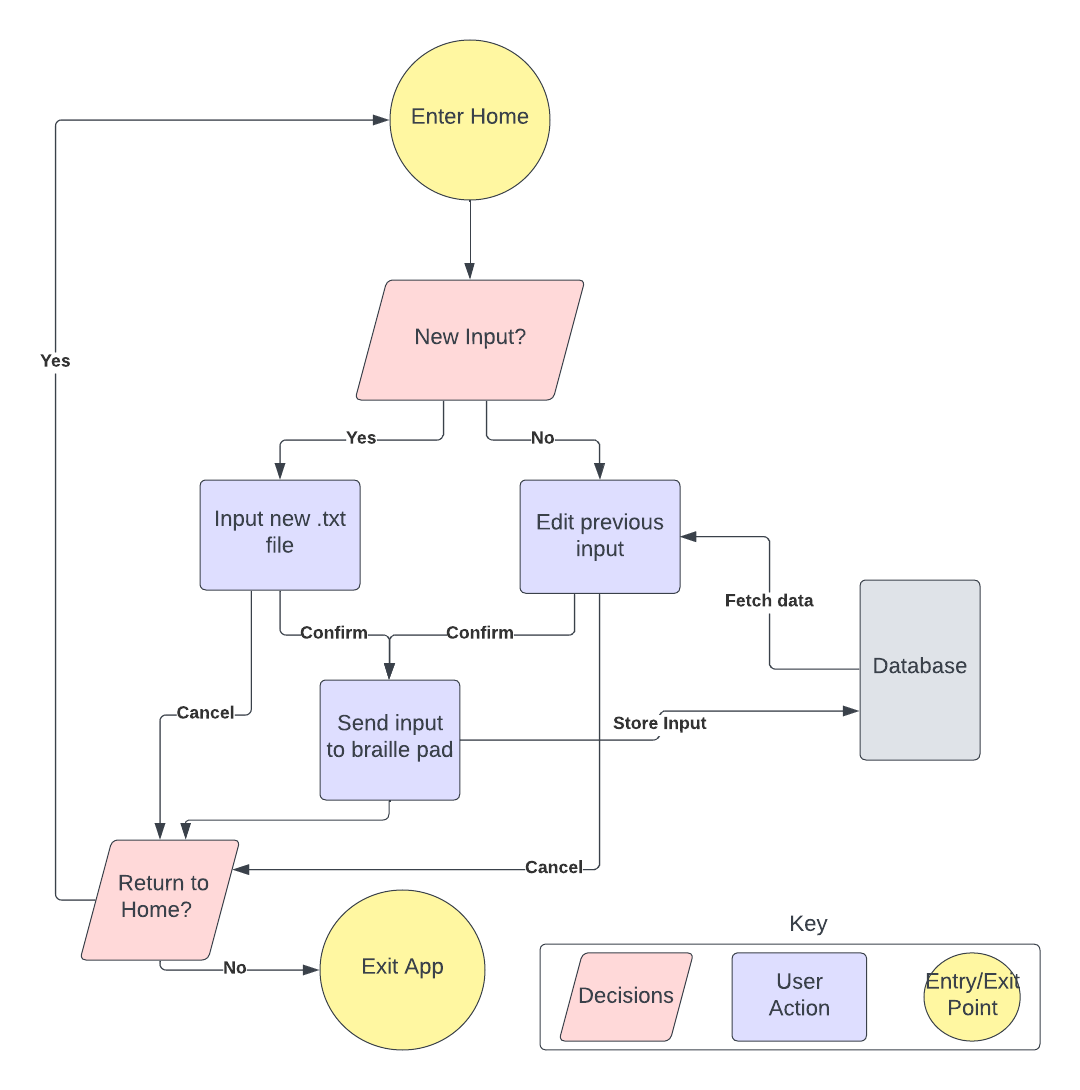What did you personally accomplish this week on the project?
- After finishing the braille translation algorithm. I created Test cases and tested the braille translation. The translation was able to reach 100% accuracy based on 70 different test cases. Grade 2 braille translation is still on the work, and it will be finished by Sunday.
- Created a braille display function which allows us to visualize the translation encoding output to see whether the algorithm is outputting the correct output to the board before we start to implement the software to the hardware.
 Example of the algorithm displaying the encoded output of the text2braille algorithm with the input “Hello World”. 1 denotes actuation, 0 denotes the opposite, “x” denotes new word.
Example of the algorithm displaying the encoded output of the text2braille algorithm with the input “Hello World”. 1 denotes actuation, 0 denotes the opposite, “x” denotes new word.
Is your progress on schedule or behind?
Our progress was behind this week, but we were able to make amends by placing all our orders immediately on Monday, and having the braille translation algorithm be ready for implementation. We were able to test the braille algorithm in a speedy fashion. Since the progress this week went through in a fast pace, I am planning to run more test cases in my free time to make sure I didn’t miss any edge cases.
What deliverables do you hope to complete in the next week?
For next week, I will code the arduino which we ordered this week so that the braille encoding are properly mapped to the motor. Furthermore, I will implement the speaker library to the arduino code to read out the arduino input.


